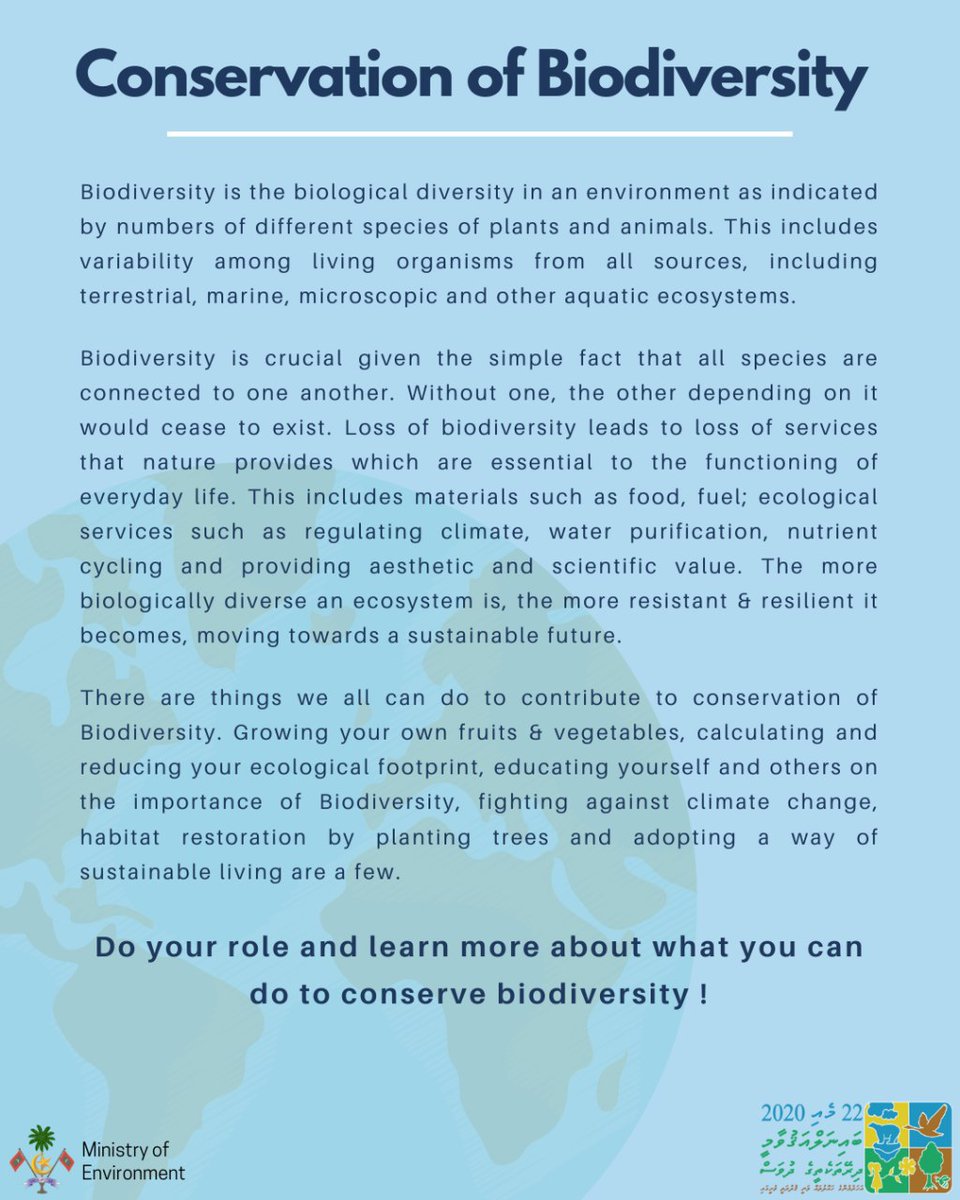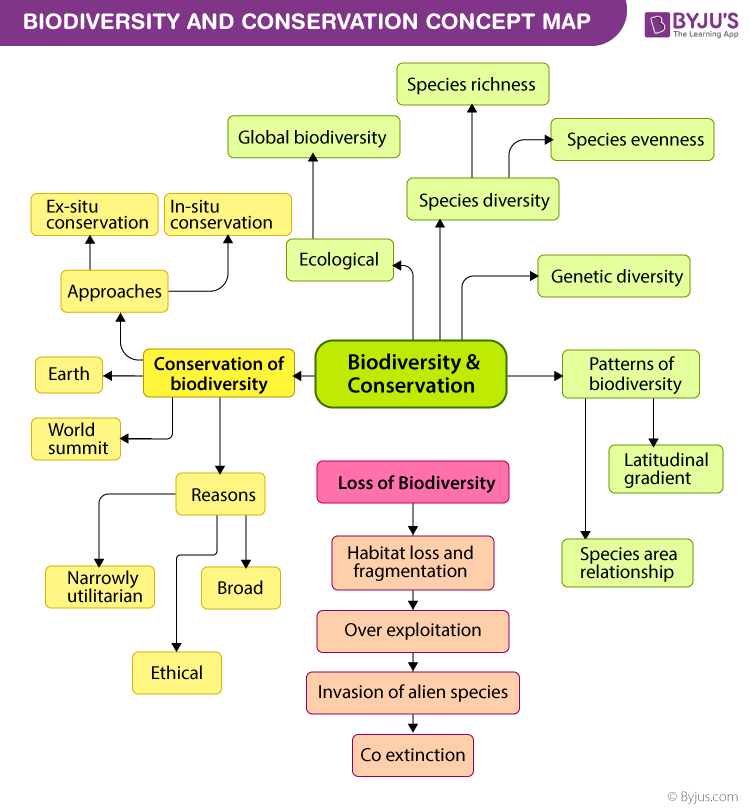Introduction
Wildlife conservation plays a crucial role in preserving biodiversity, which refers to the variety of life forms found on Earth. Biodiversity encompasses all living organisms, including plants, animals, and microorganisms, as well as the ecosystems they inhabit. It is essential for maintaining the balance of our planet’s ecosystems and ensuring the survival of various species. In this blog post, we will explore the importance of wildlife conservation in preserving biodiversity and the various ways in which it contributes to the protection of our natural heritage.
2. Maintaining Ecosystem Balance
Wildlife conservation helps maintain the balance of ecosystems by preserving the natural interactions between different species. Each organism has a specific role to play in its ecosystem, and the loss of even a single species can disrupt the delicate balance. By protecting wildlife and their habitats, we ensure that these interactions continue to occur, promoting a healthy and functioning ecosystem.
2.1 Keystone Species
Some species, known as keystone species, have a disproportionately large impact on their ecosystems. These species play a crucial role in maintaining biodiversity by regulating the populations of other species or shaping their habitats. For example, bees are essential pollinators, contributing to the reproduction of numerous plant species. By conserving keystone species, we indirectly protect the entire ecosystem.
3. Preserving Genetic Diversity
Wildlife conservation also helps preserve genetic diversity within species. Genetic diversity refers to the variety of genes within a population or species. It is crucial for the long-term survival and adaptation of species to changing environments. By protecting wildlife populations, we ensure that their genetic diversity remains intact, allowing them to adapt to new challenges, such as climate change or disease outbreaks.
3.1 Captive Breeding Programs

In some cases, wildlife conservation involves the establishment of captive breeding programs. These programs aim to breed endangered species in controlled environments, such as zoos or specialized facilities. By carefully managing breeding and reintroduction efforts, these programs help increase the population size and genetic diversity of endangered species, ultimately contributing to their long-term survival.
4. Economic Benefits
Wildlife conservation also brings significant economic benefits. Many countries rely on tourism related to wildlife and biodiversity-rich areas. Protecting and conserving wildlife habitats can attract tourists.
Summary
Preserving biodiversity is vital for the health and sustainability of our planet. Wildlife conservation efforts are essential in achieving this goal. By protecting and managing wildlife populations and their habitats, we can safeguard the delicate balance of ecosystems and prevent the loss of species. Wildlife conservation also helps maintain ecological processes, such as pollination, seed dispersal, and nutrient cycling, which are crucial for the functioning of ecosystems.
Furthermore, wildlife conservation contributes to the preservation of genetic diversity within species. Genetic diversity is essential for the adaptation and resilience of populations in the face of environmental changes and threats. Conserving wildlife also has numerous economic and cultural benefits, as it supports ecotourism, provides recreational opportunities, and preserves cultural heritage associated with certain species or habitats.
In conclusion, wildlife conservation plays a vital role in preserving biodiversity. It helps protect ecosystems, maintain ecological processes, preserve genetic diversity, and provides various economic and cultural benefits. By u click to investigate nderstanding the importance of wildlife conservation, we can work towards a sustainable future where both wildlife and humans can thrive together.
- Q: What is the role of wildlife conservation in preserving biodiversity?
- A: Wildlife conservation plays a crucial role in preserving biodiversity by protecting and managing the habitats and populations of various animal species. It helps maintain the delicate balance of ecosystems and ensures the survival of diverse plant and animal species.
- Q: How does wildlife conservation contribute to preserving biodiversity?
- A: Wildlife conservation contributes to preserving biodiversity by implementing measures to prevent the extinction of endangered species, conserving their habitats, and promoting sustainable practices that minimize human impact on ecosystems. It also involves conducting research and monitoring to better understand and protect wildlife populations.
- Q: Why is preserving biodiversity important?
- A: Preserving biodiversity is important because it ensures the stability and resilience of ecosystems. Biodiversity provides various ecosystem services such as pollination, nutrient cycling, and water purification, which are essential for human well-being. It also supports the discovery of new medicines and contributes to the overall health and balance of the planet.
- Q: What are the threats to biodiversity?
- A: The threats to biodiversity include habitat destruction, pollution, climate change, invasive species, overexploitation of natural resources, and illegal wildlife trade. These factors contribute to the loss of species and disrupt the intricate web of life on Earth.
- Q: How can individuals contribute to wildlife conservation and preserving biodiversity?
- A: Individuals can contribute to wildlife conservation and preserving biodiversity by supporting conservation organizations, practicing sustainable living, reducing their ecological footprint, promoting awareness and education about the importance of biodiversity, and participating in local conservation efforts such as habitat restoration and wildlife monitoring.

